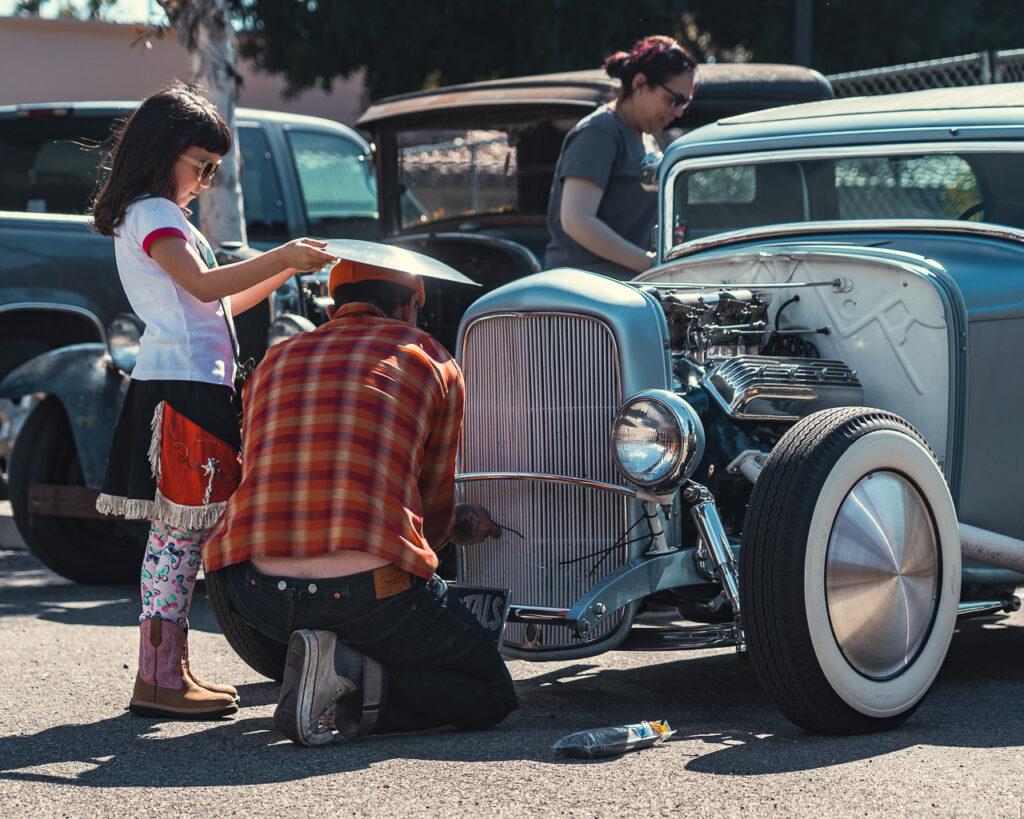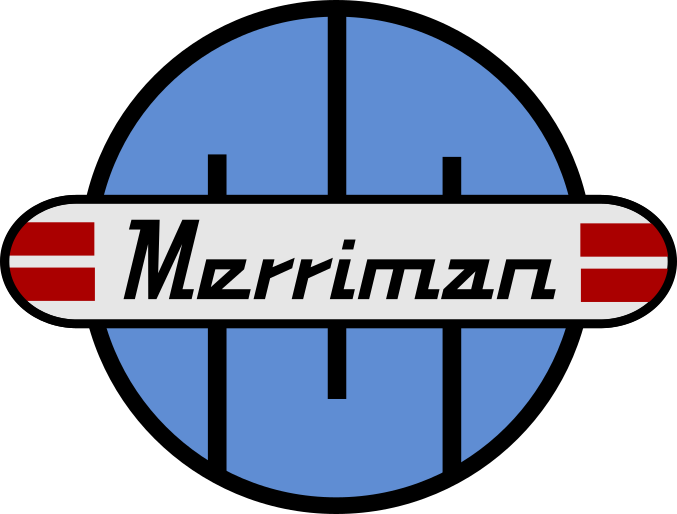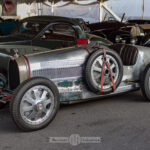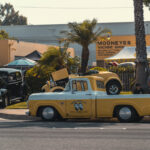
The Race of Gentlemen – Santa Barbara
I could have written a report on the Race of Gentlemen itself. Who’s invited, how it went, what the weather was like, all that. But that ground has already been covered and my photos paint a better picture. So I decided to write about what made the hotrod scene so cool and what makes this revival scene just as cool. Enjoy!

[dropcap]M [/dropcap] aybe the young men exposed to the powerful machines of World War 2 were infected somehow. A chronic disease borne on oil and exhaust fumes spread through the forests of Europe, the deserts of Africa, or the islands of the Pacific and wormed viral fingers of obsession into the brains of young soldiers. Or the contagion already lay dormant in the farm boys sick of doddering tractors and the urbanites bored of rides in wheezing taxis. No matter the source it spread fast. To those poor predisposed souls one earful of an uncorked V8 was all it took for the sickness to take hold.
The effects were immediate and debilitating. The symptom was a compulsion, almost a frenetic obsession. The blood thickened to oil, the heart turned ferrous, and the mind to speed. The diseased single-mindedly scoured scrapyards and military surplus for their next fix; machines capable of sating the ever-escalating quest for acceleration and power. Detroit brought V8s to the masses but before long the hotrodders were in uncharted territory. Superchargers salvaged from trucks and fighter planes crammed air down the throats of Ford flatheads to send repurposed aircraft fuel tanks howling across dry lake beds. Post-war prosperity introduced the general public to sculpted styling and comfortable amenities while the hotrodders stripped every square inch and pound of unnecessary metal off of stalwart prewar coupes. What remained was a simple distillation of the machine, Occam’s racecar.
The compulsion to speed wasn’t without purpose, it was in pursuit of something. The power and speed of the automobile is felt not as an inherited sensation but viscerally and firsthand. When a driver pilots their vehicle to speed they experience that velocity as if they were running on their own two feet. Horseback riding is a team activity and locomotives are too isolated but affordable prewar cars could hardly match either for freedom or performance and an impoverished depressed nation provided few with the means to afford the fast ones. Then war production put millions in contact with 1800 horsepower aircraft capable of tickling the sound barrier, torquey V-twin motorcycles, and an arsenal of ground pounding machines. The automobile and the motorcycle could be powerful prosthetics, augmenting our agency in the world.
These early hotrodding pioneers were the founding fathers who began the democratization of racing. They took speed back from the gentlemen drivers and nationalistic factory teams of the ‘golden era’ of racing. Dirty, dingy, yet innovative hotrods would achieve feats of performance that once only high-strung and barely road-legal racecars from storied marques across Europe could claim.
The postwar hotrodders weren’t having any of that exclusivity. That spirit carried these same hotrodders into the 1960s. Scrappy Dodge engineers broke new ground in drag racing as the Ramchargers. Ford turned to Los Angeles hotrodders at Shelby American to take their racecars to Europe and compete with Ferrari. Zora Duntov was promoted from building hotrod heads for flathead V8s to making the Chevrolet Corvette an icon. But those stories of technological innovation, international rivalry, and competitions between the world’s largest corporations were all fueled by the obsessive disease, the brain worm that drove young hotrodders to cobble parts onto the engine and off of their cars for those extra few tenths in the corner or miles per hour on the lake bed.













































